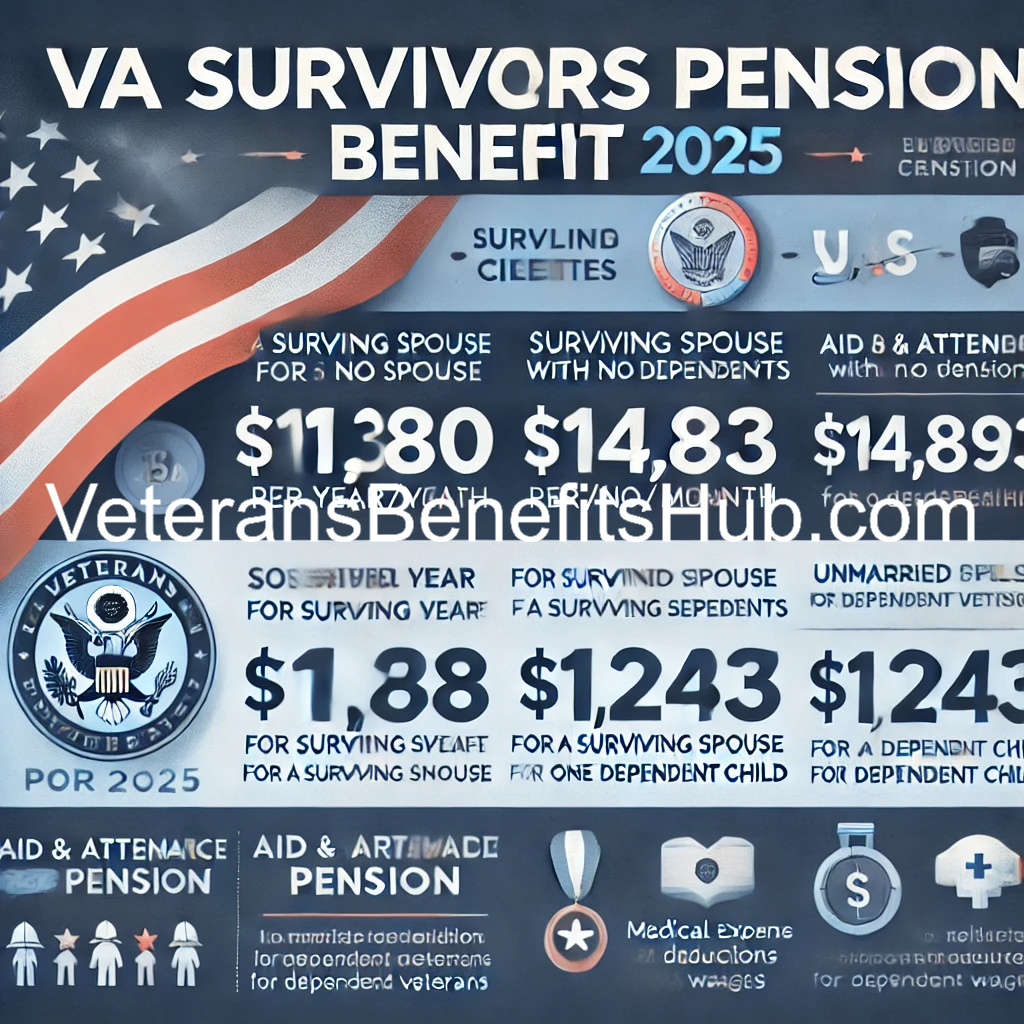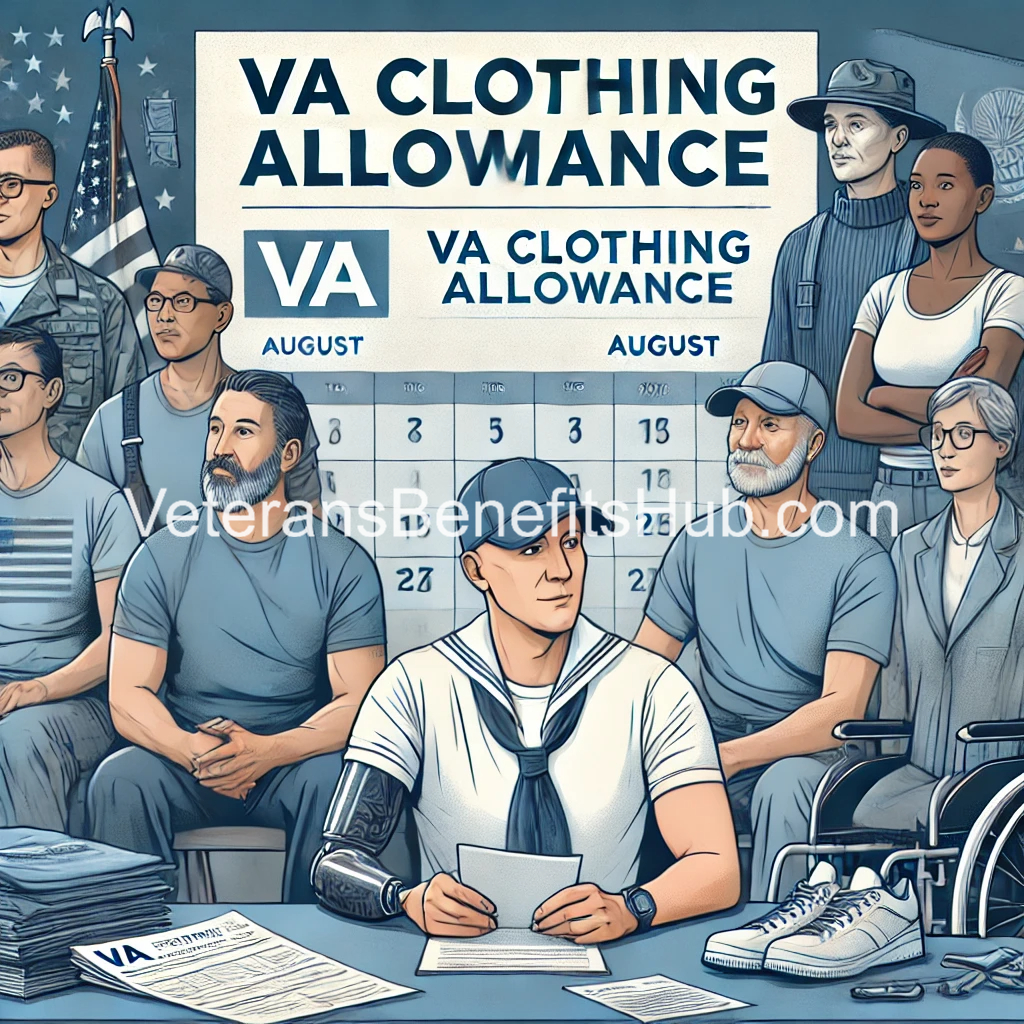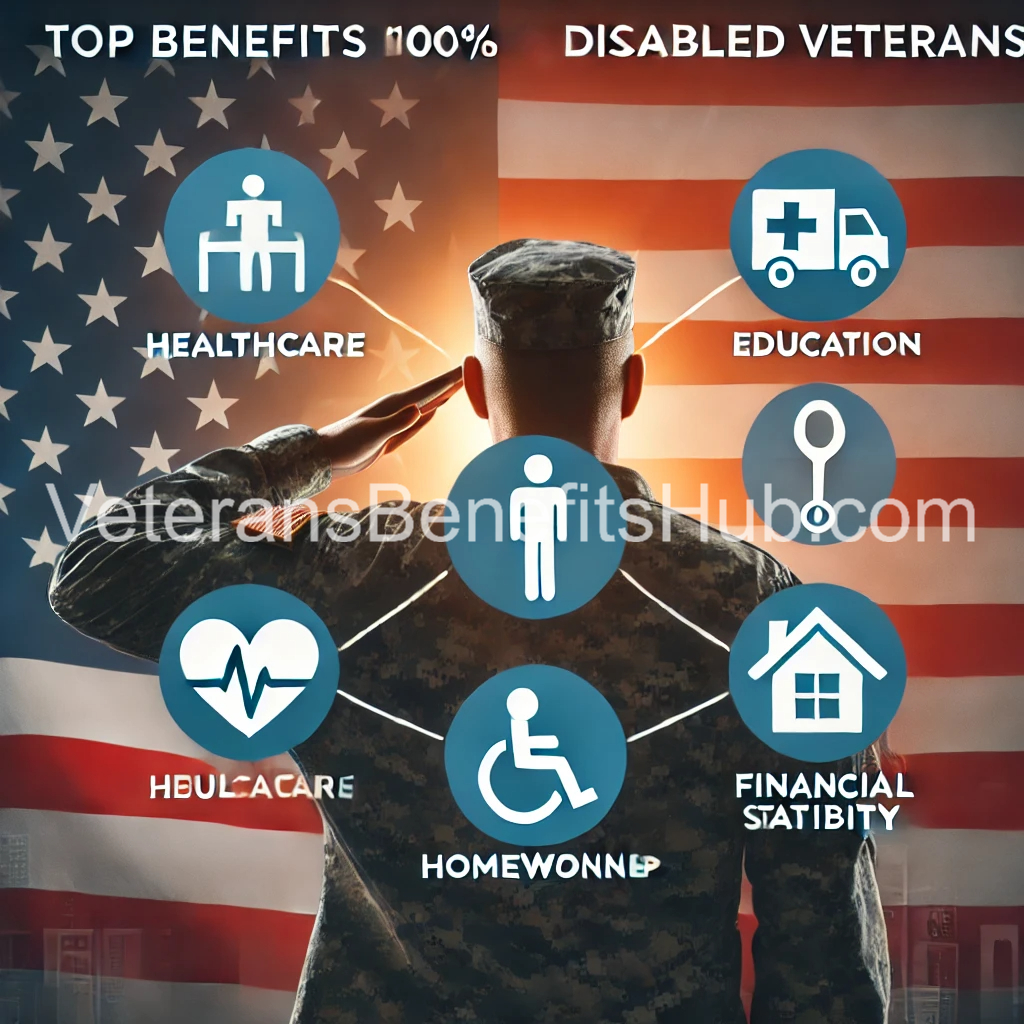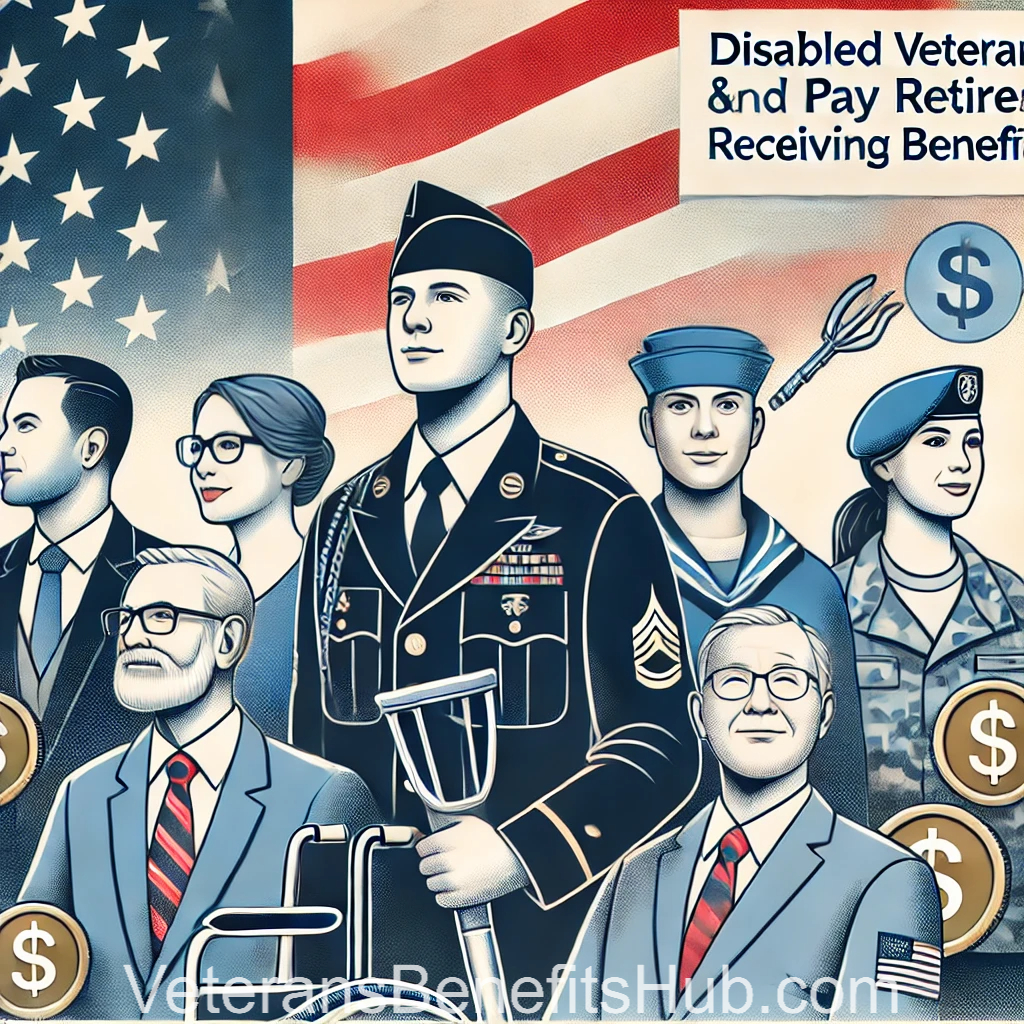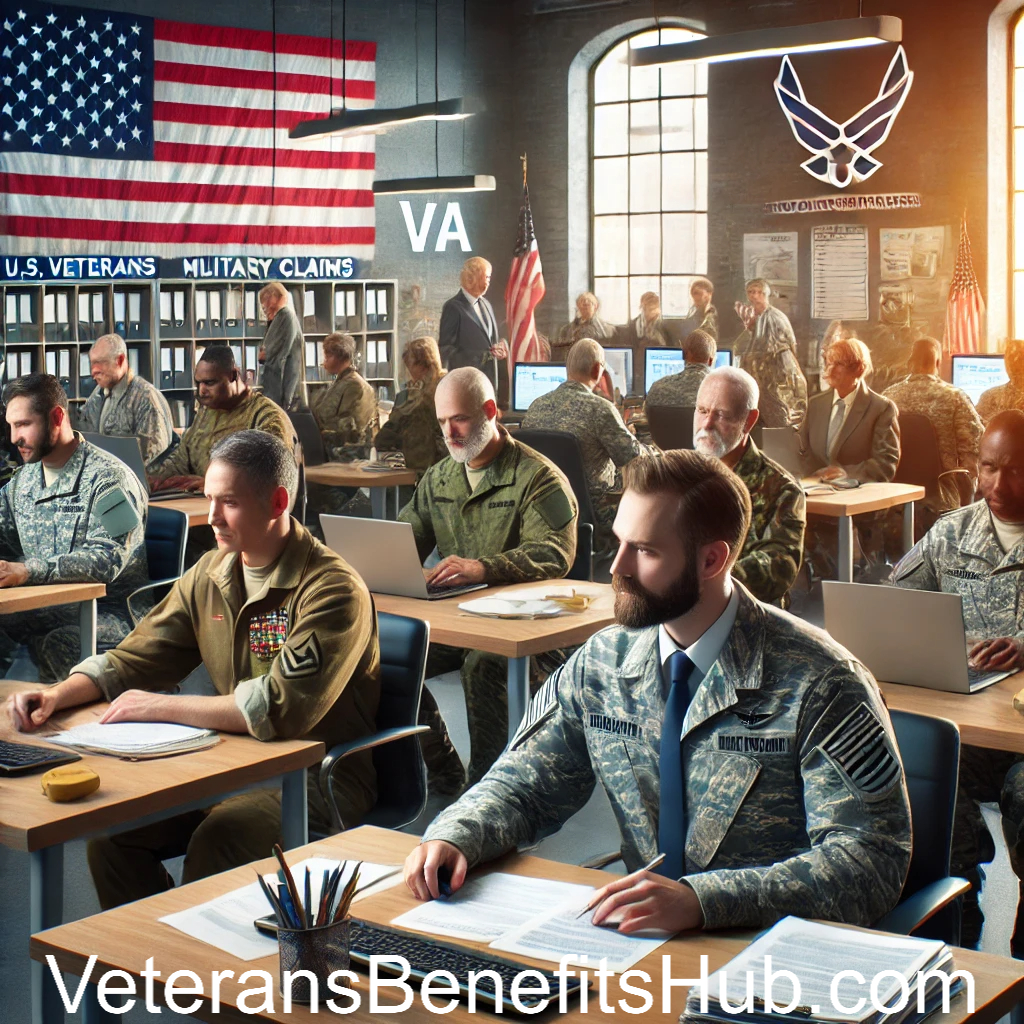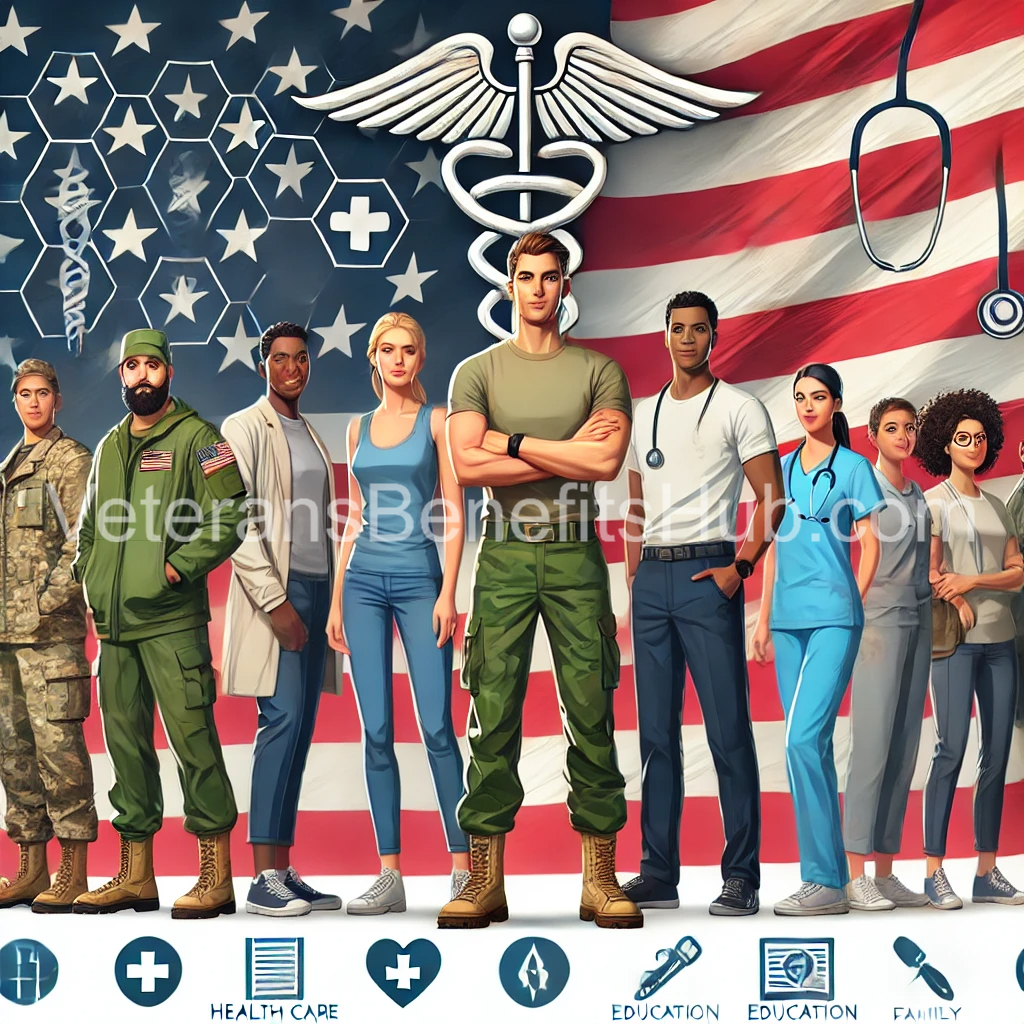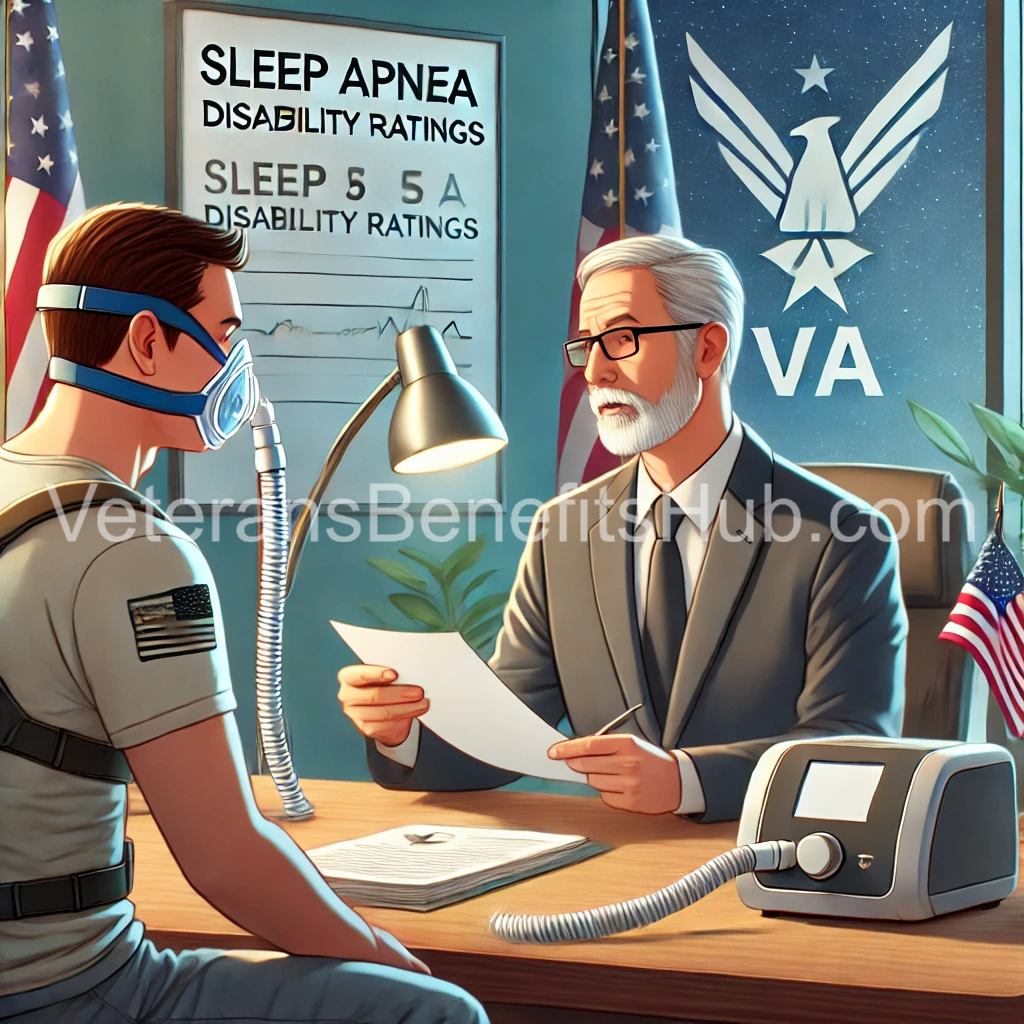
On May 31, 2024, the Department of Veterans Affairs (VA) launched an impactful new initiative, the Veterans Affairs Servicing Purchase Program (VASP). This program aims to support over 40,000 veterans experiencing severe financial hardship, helping them avoid foreclosure and remain in their homes. Let’s take a closer look at how VASP works and why it’s a vital addition to the VA’s comprehensive suite of home retention options.
What is VASP?
The Veterans Affairs Servicing Program (VASP) is a last-resort tool designed to assist eligible veterans, active-duty service members, and surviving spouses with VA-guaranteed home loans. These individuals often face significant financial challenges, and VASP provides a safety net to help them keep their homes.
Through this program, the VA steps in to purchase defaulted VA loans from mortgage servicers, modifies the loans, and places them in the VA’s owned portfolio as direct loans. This allows the VA to work directly with eligible borrowers to adjust their loans and monthly payments, offering a sustainable path to homeownership. Borrowers enrolled in VASP will benefit from fixed 2.5% interest rates, ensuring consistent and affordable payments for the remainder of their loans.
Background and Context
The VASP program was developed in response to challenges that arose during and after the COVID-19 pandemic. Initially, the VA allowed mortgage servicers to provide temporary relief to borrowers through forbearance programs. This included deferring up to 12 months of mortgage payments by adding them to the end of the loan term. However, as the forbearance options phased out, some veterans were left with limited and often unfavorable alternatives, such as paying arrears in full, refinancing at higher interest rates, or selling their homes.
Recognizing the urgent need for a solution, the VA took several months to launch VASP, during which some veterans faced foreclosure or were forced into less favorable financial arrangements. VASP now fills this gap, offering a lifeline to those at risk of losing their homes.
Key Features of VASP
- Eligibility: VASP is available to veterans, active-duty service members, and surviving spouses with VA-guaranteed home loans who are experiencing severe financial hardship.
- Fixed Interest Rates: Borrowers enrolled in VASP benefit from fixed 2.5% interest rates, providing financial stability.
- Loan Modifications: The VA works directly with borrowers to modify loan terms and adjust monthly payments, ensuring affordability.
- Servicer Collaboration: Mortgage servicers identify qualified borrowers and submit VASP requests on their behalf, ensuring a streamlined process.
What VA Leaders Are Saying
According to the VA Secretary, “This new program will help more than 40,000 veterans and their families stay in their homes. We at VA are committed to doing everything in our power to help veterans avoid foreclosure, and that’s exactly why we’re launching VASP—to help the veterans who need it most.”
Josh Jacobs, the Under Secretary for Benefits, echoed this sentiment, emphasizing the program’s role as an additional safety net for veterans. “When a veteran falls on hard times, we work with them and their loan servicers every step of the way to help prevent foreclosure,” he said. “VASP ensures that there is an affordable payment option, even in a high-interest rate environment, so they can keep their homes.”
How to Access VASP
Veterans do not apply directly for VASP. Instead, mortgage servicers review eligibility and submit requests on behalf of qualified borrowers. If you are facing financial hardship, it’s crucial to work closely with your mortgage servicer to explore all available options, including VASP. In some cases, you may need to educate your servicer about the program, as not all may be fully informed.
For additional assistance, veterans can contact the VA Loan Center at 877-827-3702 (Option 4) or visit the VA’s website to learn more about VASP and other home retention programs.
A Cost-Effective Solution for All
The VA anticipates that VASP will result in significant savings—an estimated $1.5 billion reduction in government subsidy spending from 2024 to 2033. These savings stem from the costs avoided by preventing foreclosures, making VASP beneficial for veterans, taxpayers, mortgage servicers, and loan holders alike.
Closing Thoughts
The Veterans Affairs Servicing Program underscores the VA’s commitment to supporting veterans in their times of need. By providing a direct and affordable path to homeownership retention, VASP ensures that veterans can stay in the homes they’ve earned and deserve. If you’re struggling to make your mortgage payments, reach out to your servicer or the VA today to explore your options under this life-changing program.
Together, we can ensure that no veteran faces foreclosure alone. At VeteransBenefitsHub.com, we’re dedicated to keeping you informed about programs like VASP that make a real difference in the lives of our nation’s heroes. Stay connected, stay informed, and let’s take care of each other.
